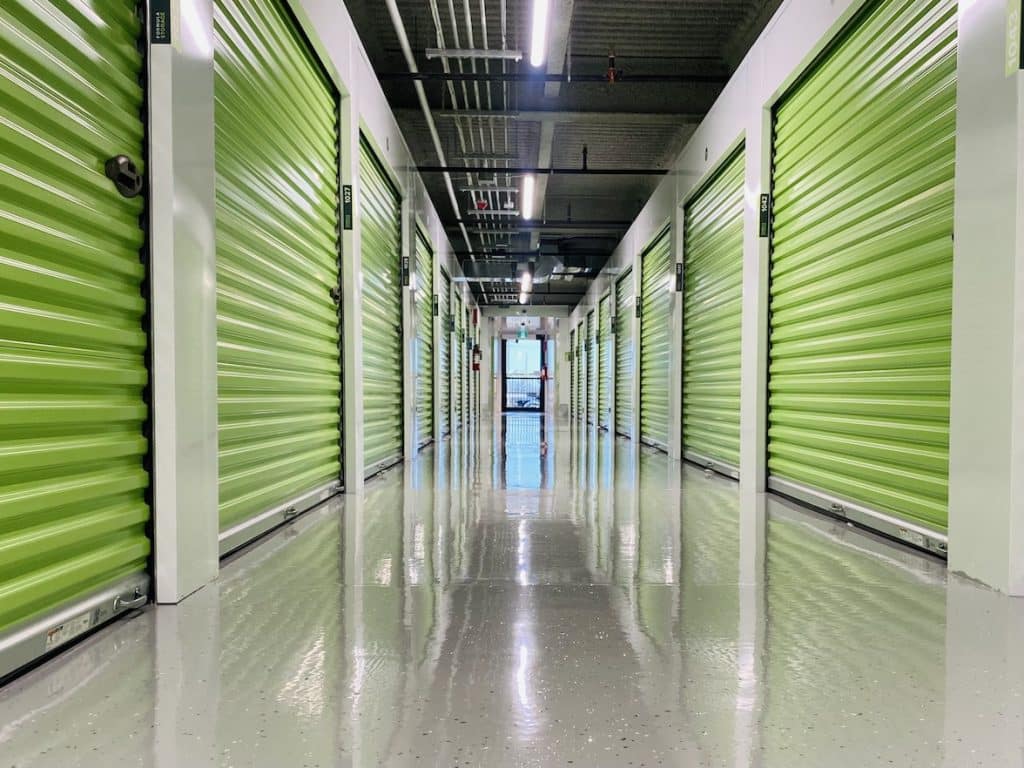There comes a time in everyone’s life when the space we have does not suffice for the things we own. This could be due to a variety of reasons, such as downsizing your home, inheriting family heirlooms, seasonal storage needs, or simply because you have accumulated too many belongings over time. When your space becomes cramped, finding a nearby storage unit becomes a viable solution to declutter your living area and keep your possessions safe. This guide is designed to walk you through the process of finding the right storage unit near you, making the task a whole lot easier and more efficient.
Understanding Your Storage Needs
1. Assessing Your Inventory
Before you even start looking for a storage unit, it’s imperative to know what you will be storing. Take an inventory of your items, noting down anything that requires special conditions, such as climate control for sensitive materials or artwork. Understanding the volume of your possessions will also help in determining the size of the storage unit you’ll need.
2. Deciding on the Type of Storage
Different types of storage units cater to different needs. For example, drive-up access units are convenient for heavy and bulky items, while units on an upper floor might be more secure and sometimes less expensive. Climate-controlled units are perfect for items sensitive to temperature and humidity, such as electronics, wood furniture, and photographs.
3. Duration of Storage
Consider how long you plan to use the storage unit. Some facilities offer discounts for long-term commitments, but it’s essential to consider your future needs. Renting month-to-month might be slightly more expensive, but it offers greater flexibility.
Researching Storage Facilities
1. Utilizing Online Resources
The internet is a treasure trove of information for finding storage units. Use online directories and storage facility websites to gather information. Pay attention to reviews and ratings on third-party sites, as these can offer genuine insights from customers about their experiences.
2. Location and Accessibility
Choosing a storage facility that’s close to your home or workplace offers convenience, especially if you plan on accessing your belongings frequently. Also, check the facility’s access hours and make sure they fit within your schedule.
3. Security Measures
Security should be a top priority when choosing a storage unit. Look for facilities that have 24-hour surveillance, gated access, good lighting, and individual alarms on units. Knowing your items are secure will give you peace of mind.
4. Comparing Prices and Deals
Storage unit prices vary widely depending on the size, type, and location of the unit. Don’t just go for the cheapest option; consider the value you’re getting for your money. Also, ask about special promotions, such as the first month free or discounted rates for longer commitments.
Visiting Potential Storage Facilities
1. Making Appointments for Tours
Once you have a shortlist of potential storage facilities, it’s a good idea to visit them in person. This allows you to inspect the units, assess the cleanliness and organization of the facility, and meet the staff. Make appointments for tours to ensure you have someone available to answer your questions.
2. Evaluating Unit Condition and Cleanliness
The state of the storage unit and the facility as a whole can tell you a lot about the service you can expect. Look for signs of pests, leaks, or damage. A well-maintained facility indicates that your belongings will be kept in a clean and safe environment.
3. Asking the Right Questions
During your visit, ask about any concerns you have. Inquire about insurance coverage, lease terms, and what happens if you miss a payment. Understanding the facility’s policies will help avoid any unpleasant surprises in the future.
Finalizing the Rental Agreement
1. Reviewing the Contract Carefully
When you decide on a storage unit, make sure to read the rental agreement closely before signing. Pay attention to the rental period, payment terms, and any clauses regarding late payments or defaults. Ask questions if anything is unclear.
2. Insurance for Stored Items
While storage facilities often have security measures in place, it’s wise to get insurance for your stored belongings. This can either be through your existing homeowners or renters insurance policy or a separate policy offered by the storage facility. Make sure you understand what is and isn’t covered.
3. Making the Most of Your Storage Unit
Once you’ve signed the rental agreement, plan how you will organize your storage unit. Utilize shelving to maximize vertical space, label boxes clearly, and create an aisle for easy access to items at the back. Being strategic about the organization can make a big difference in how much you can fit in the unit and how easily you can find things when you need them.
Moving In
With the paperwork out of the way and a clear plan for organization, you’re ready to move your items into your new storage unit. Whether you’re doing it yourself or hiring movers, make sure everything is packed securely and protected from damage during transport.
Conclusion
Finding the right storage unit near you requires a bit of research, planning, and inspection, but it’s well worth the effort. A well-chosen storage unit not only alleviates space issues but also keeps your valuable belongings secure and in good condition. By following the steps outlined in this guide, you’ll be equipped to make an informed decision. Remember, the ideal storage solution is one that meets your space, security, and budget needs while offering the flexibility to access your items when needed.
